
|
|
|
|
|
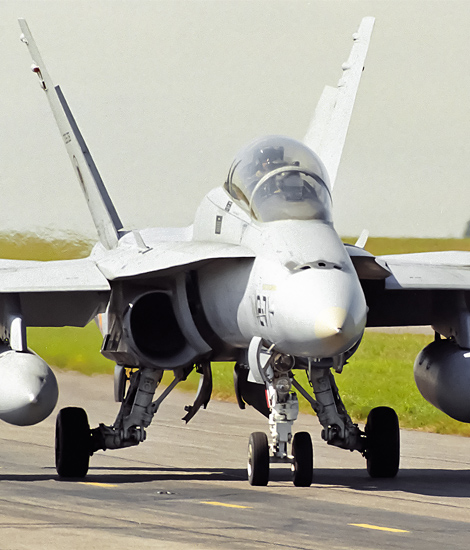
|
Nomad 2003; RAF Waddington, July 22, 2003
Air Defense at the ACMI Range; Text and Photograph's by Alex van Noye
Every year the international exercise Nomad takes place at RAF Waddington. The exercise has a full focus on the air defense task. Participants fly an intensive program which lasts a total of two weeks. The major flights of this large-scale exercise will take place at the ACMI range in the North Sea near the British coastline.
The English airbase RAF Waddington is located 5 kilometers south of the city of Lincoln in the county of Lincolnshire in eastern England. RAF Waddington is the home base of the no 8 Squadron and the no 23 Squadron. These units are both equipped with the Sentry AEW1. The Sentry AEW1 is the British version of the American Boeing E-3 Sentry (AWACS). In total, the RAF has seven Sentries’ in use which are all based RAF Waddington. The Air Combat Maneuvering Instrumentation (ACMI) is based at RAF Waddington since 1990. This institute is a training center which was set up in collaboration with British Aerospace. The flight activities at this base were increased dramatically since the installation of the training institute. The biggest exercise which takes place annually at this base is the exercise Nomad. This exercise is largely performed above the North Sea and the ACMI range on the east coast of England. The major focus of the exercise is the air defense role. British Aerospace has developed the ACMI pod which can be mounted under each plane. This pod contains a transmitter which continuously will display the movement of the aircraft. The pod will sent this information real time to the control center at the airbase. The movements of the aircraft can be monitored in this way. The actions can be analyzed in detail after the exercise by the participants of the exercise. The ACMI pod is a tool which is nowadays widely used within NATO and it is an analytical tool to train the pilots of various European air forces.
The Belgian Air Force was at this exercise represented with six F-16s of the 10th Wing at Kleine-Brogel Air Base. The French Air Force was represented by no less than three squadrons during this exercise. Escadron de Chasse 2 of the airbase Dijon-Longvic was represented with four Mirage 2000-5F aircraft. Escadron de Chasse 3 was present with two Mirage 2000Ds from the airbase Nancy-Ochey. Finally, Escadron de Chasse 12 from Cambrai-Epinoy Air Base was present with four Mirage 2000Cs. The third
|
|
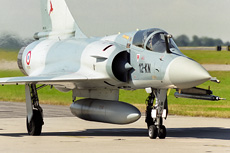
|
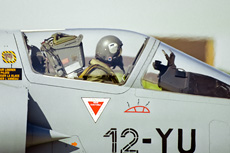
|
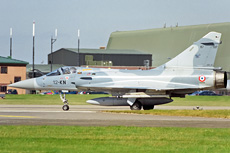
|
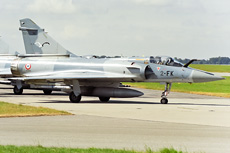
|
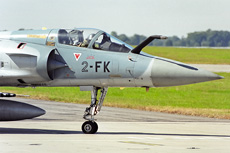
|
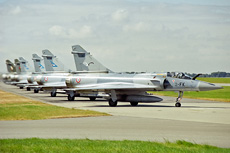
|
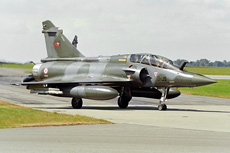
|
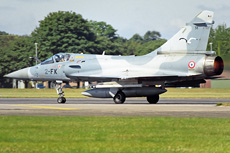
|
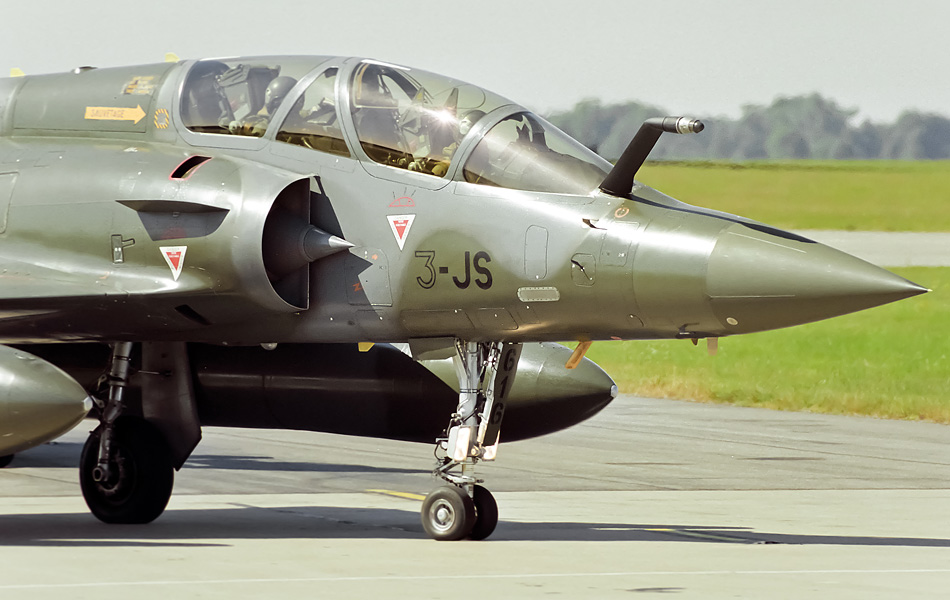
|
country participating in this exercise in Britain was the United Kingdom with four Tornado F3s of the no 43 Squadron from RAF Leuchars and four Tornado F3s of the no 5 Squadron from RAF Coningsby. The Spanish Air Force is present during Nomad 2003 with six EF-18 Hornets of ALA 12 from Torrejón Air Base. The last Air Force in this list is the Swiss Air Force with six F-18 Hornets which were from Fliegerstaffel 17 at Payerne Air Base. The USAF participated as well from its own airbase RAF Lakenheath. The involved F-15s were from the USAFE 48th Fighter Wing. The F-15s are usually flying from their home base; they act as aggressor during the exercise. Each aircraft which is shot down during the exercise will immediate return to RAF Waddington to end the mission.
The weather was fantastic when I arrived on Tuesday morning at the British airbase RAF Waddington. The sky was clear blue and the temperature was around 25 degrees Celsius. These were ideal conditions to attend the exercise Nomad 2003. The first engines at the airbase were started near 10.30 am. It would not take long before the first aircraft would appear. The first aircraft which appeared on the taxi track were six French mirages from Cambrai and Nancy. The runway at RAF Waddington is very close along the fence where we were standing; this resulted in some amazing photos. The Mirages lined up in a straight row. The light on the aircraft was fantastic. The first aircraft moved to the runway after a few minutes. It is at Waddington very easy to shoot photos on the runway due to the very short distances. The Mirages were soon followed by the British Tornado’s of the no 43 Squadron after their departure. The Tornado remains a difficult aircraft to photograph when the plane is on the ground. The Spanish EF-18s and the Belgian F-16s appeared on the runway too. The Belgian F-16s left first and were followed by two Tornado F3s. The Spanish EF-18s waited a few minutes on the runway before they took off. One of the Spanish Hornets was a dual-seat aircraft; you do not often see this F-18 variant. Also the Swiss Hornets appeared shortly after the departure of the Spaniards. The F/A-18s left together with the British Tornadoes of the no 5 Squadron. After all these departures all the Nomad participants had left for the exercise.
Shortly after the departure of the last Nomad participant, a British Jaguar appeared on the horizon. The Jaguar T4 was from the airbase RAF Coltishall in the east of England. The aircraft made once a low approach before it disappeared in eastern direction. The Jaguar was hardly gone when two American F-15E Strike Eagles appeared on the runway. The two aircraft had stayed overnight at RAF Waddington, because one of the F-15s had problems the day before. Both aircraft were flying back to RAF Lakenheath after their departure. The Belgian F-16s and French Mirages from Cambrai were the first Nomad participants which returned to RAF Waddington after about one hour. The planes flew into two groups of four aircraft over the airfield before they went one by one into the break. Photographing the landing aircraft at RAF Waddington is very easy, because you almost stand on the runway when you're standing along the fence. I was standing across the road on a hill which gave me a good overview over the base. The Swiss Hornets arrived shortly after the landing of the Cambrai Mirages. These aircraft came one by one all straight in. The Spanish Hornets also entered the circuit. A number of Spanish Hornets first made a few touch and go’s before the aircraft landed. The British Tornado F3s arrived along with the Dijon Mirages. These planes went all perfectly in the break above the field. A British AWACS was ready for take-off after the landing of the last Tornado. This was the last plane which I saw during this visit at Waddington. My journey through Britain was over after a fantastic day at RAF Wad- dington and I went home.
|
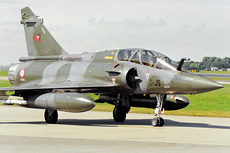
|
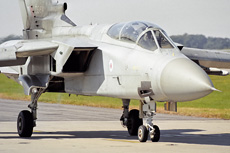
|
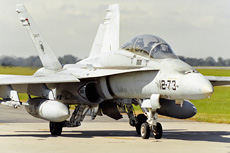
|
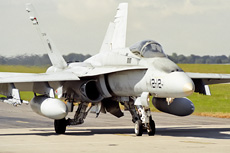
|
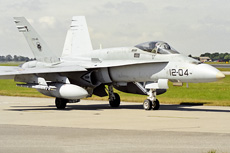
|
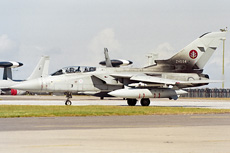
|
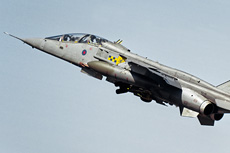
|
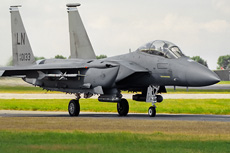
|
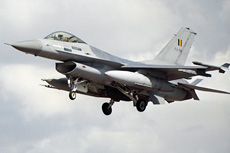
|
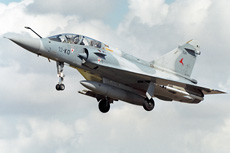
|
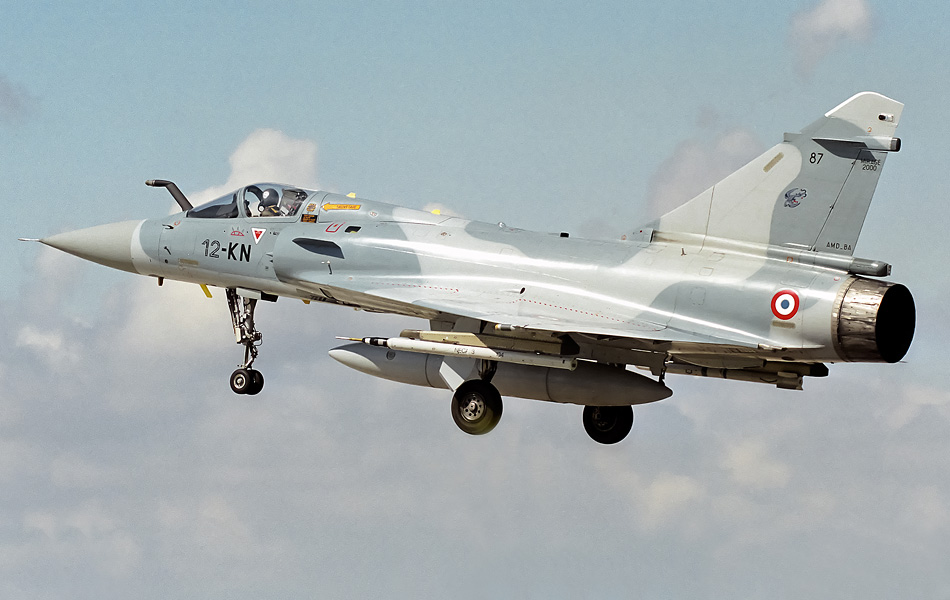
|
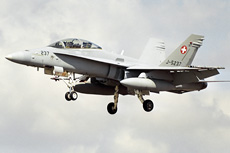
|
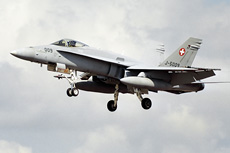
|
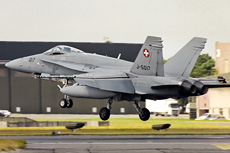
|
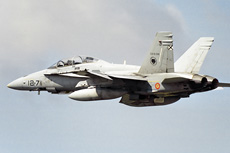
|
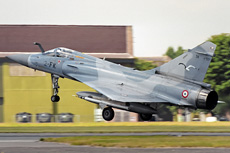
|
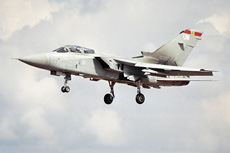
|
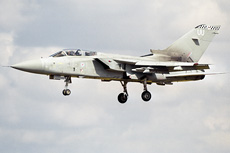
|
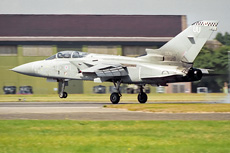
|
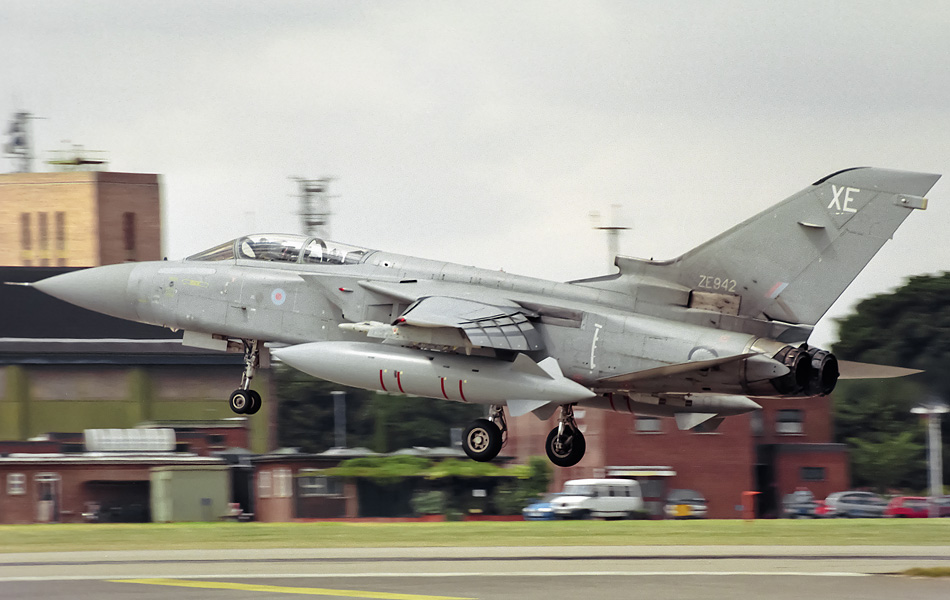
|
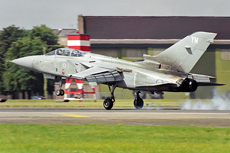
|
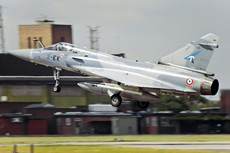
|
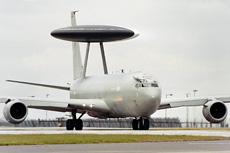
|
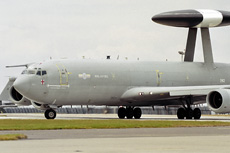
|
|
|

|







